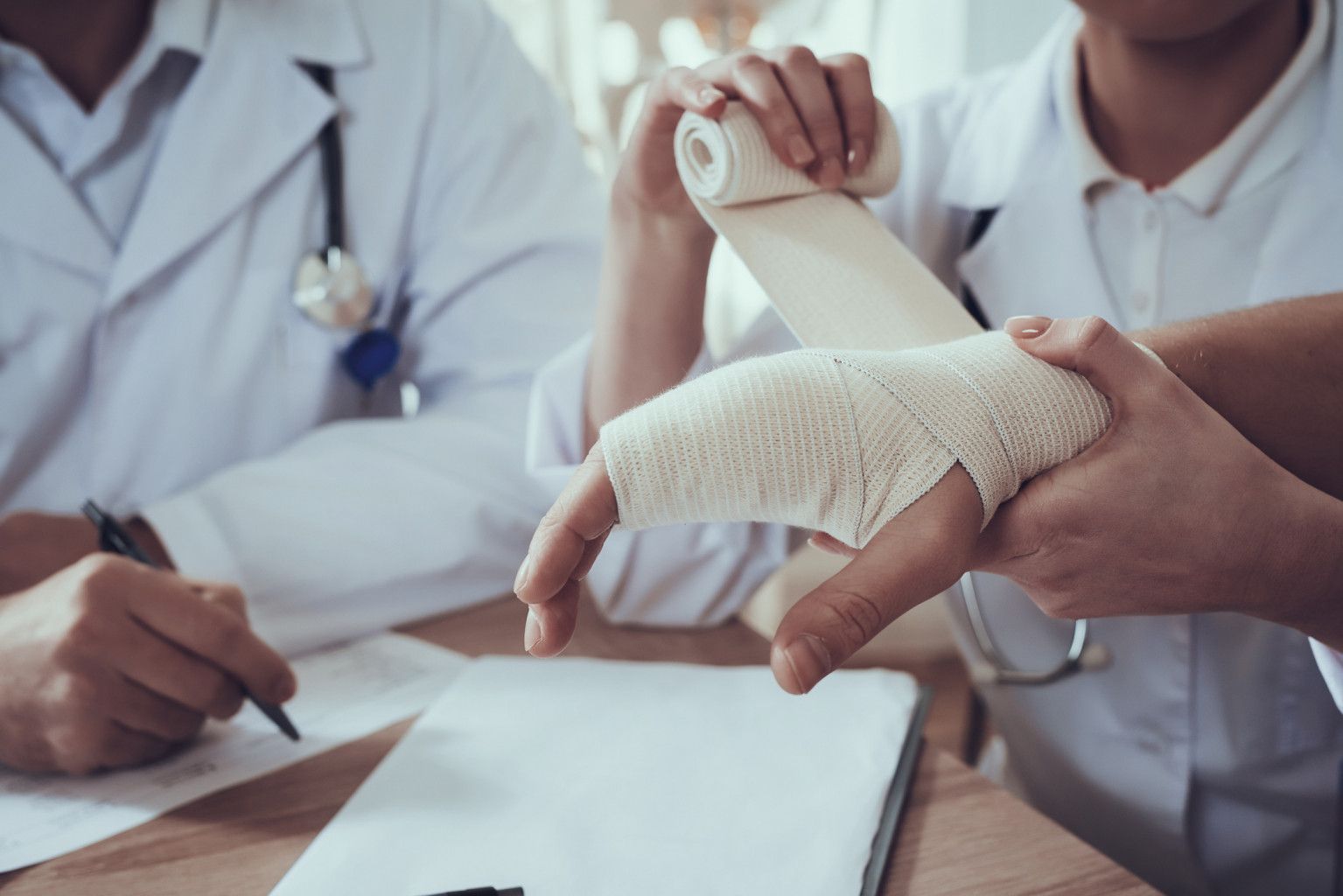Over a million Americans suffer burn injuries each year. Burns result from direct exposure to heat through flames, hot water, steam, hot surfaces, electricity, chemicals, or over-exposure to direct sunlight. Fortunately, most burns are minor and treatable at home. However, each year around 450,000 people receive emergency room and hospital treatment for burn injuries and about 3,400 people die from burns, making it the third leading cause of in-home deaths.

Burns are painful injuries, even when relatively minor. This is due to the presence of many tiny nerve receptors in the top layers of the skin which contain a greater concentration of receptors per square inch than any other part of the body. These nerves respond with pain sensations that are triggered into overdrive when thermal levels reach a high degree of heat. Because surface skin burns are so painful, it’s difficult to know when a burn requires medical treatment. In the event you are injured with a burn due to someone else’s negligence, contact our Seattle burn injury lawyer today.
First-degree burns in a single small area are treatable at home; however second-and-third-degree burns (those below the surface of the skin) require medical treatment. See a doctor if your burns meet any of the following conditions:
If you aren’t certain about the severity of a burn, it’s always best to seek professional medical treatment.
First-degree burns only involve the top layer of skin. First-degree burns are common and often occur from contact with a hot surface like a stove, hair straightener, or scalding water. Unless the burn has any of the above indications of required medical treatment, they are treatable at home by doing the following:
Do not apply butter, mayonnaise, egg whites, lavender oil, toothpaste, or any other home remedies to a burn. Don’t apply antibiotic ointments unless directed by a doctor.
For burns that cover a significant portion of a body area or multiple body areas, or burns that penetrate through the skin layers, it’s critical to seek emergency medical care. Depending on the depth of the burn, medical providers will classify it as a first, second, or third-degree burn. Fourth-degree burns involve the muscle and bone below the fatty layer. Many burn victims have burns at varying degrees at the same time. For instance, the center of a burn may be a third-degree burn with second and first-degree burned areas surrounding it.
Second-degree and third-degree burns require specialized burn ointments and clean dressings with frequent dressing changes. The burn patient may also receive pain medications. The deepest layers of skin have no nerve endings, so the patient may not feel pain in the deepest burns. Typically, burn care at this level occurs in a hospital or specialized burn unit by a medical team until the patient is discharged where they may continue treatment at home or as an outpatient with regular doctor visits.
Second and third-degree burns over wide areas may require skin grafts to facilitate healing, function, and cosmetic appearance.